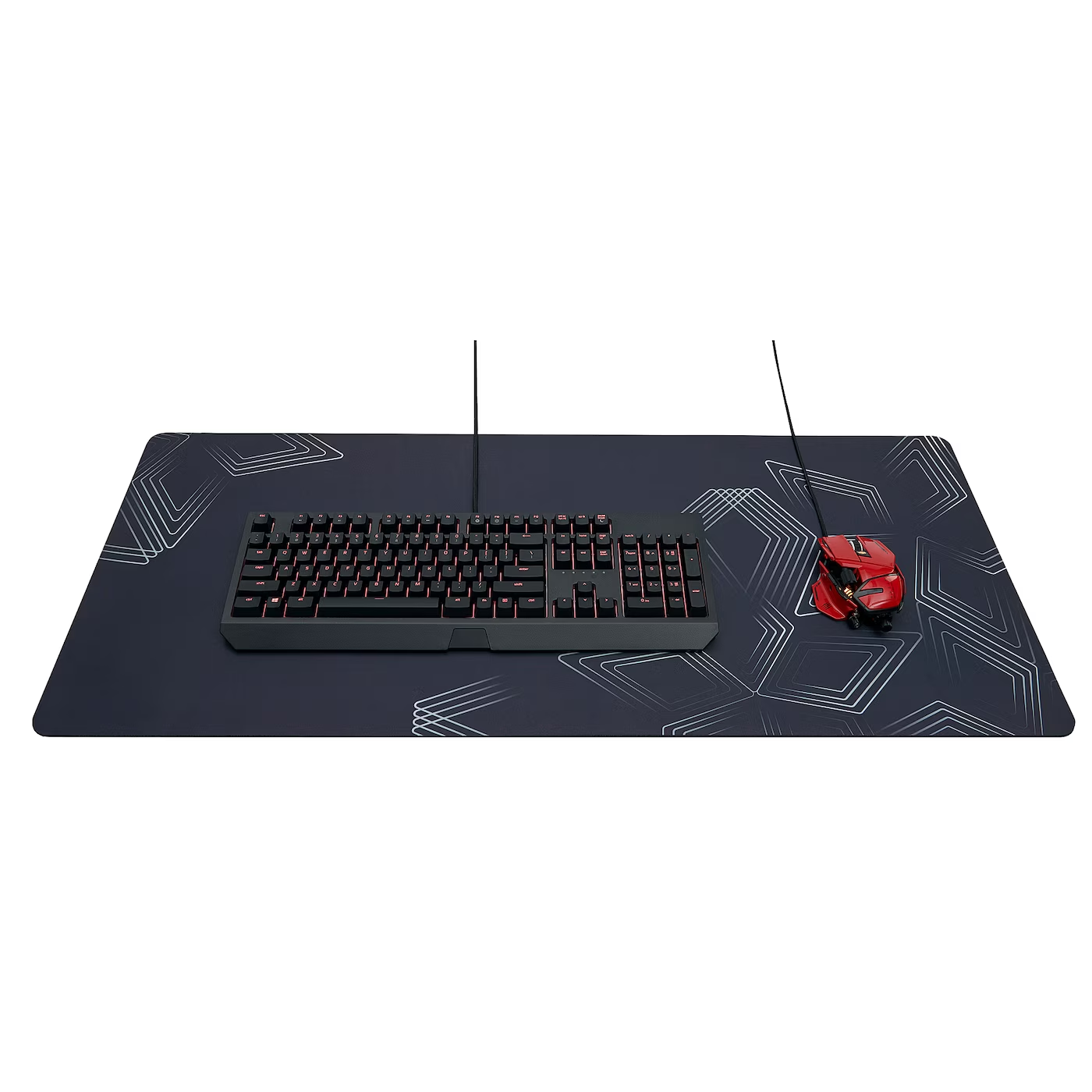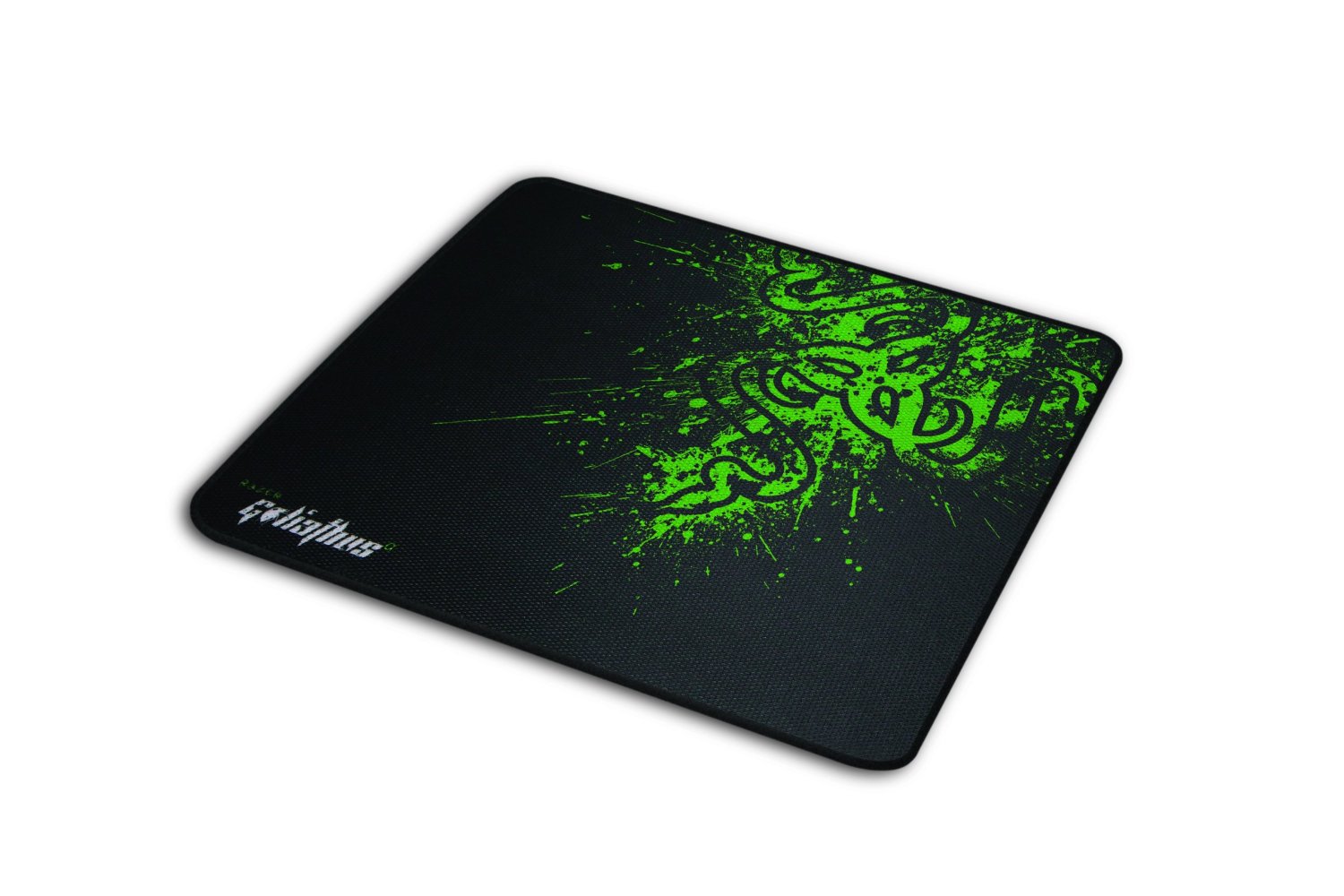The mouse pad may seem like a simple accessory, but its material can greatly affect the performance of your mouse and your comfort. From the traditional cloth to sleek metal, the range of materials available for mouse pads today is vast, each offering unique advantages and characteristics. Selecting the right one depends on your personal preference, work needs, and aesthetic tastes. This article explores the various materials used for mouse pads and their benefits to help you make an informed decision.
Cloth Mouse Pads
Soft and Flexible
Cloth mouse pads are popular due to their softness and flexibility. They often feature a rubber or foam base with a fabric surface, offering a cushioned rest for the wrist which can enhance comfort during long periods of use. Their flexibility also means they’re easily rolled up and transported, making them perfect for users on the go.
Precision and Control
With their typically textured surface, cloth mouse pads provide a balance of precision and control that’s well-suited for users who work in graphic design or gaming where detailed movements are key. The resistance offered by the fabric weave aids users in achieving small, precise movements with their mouse.

Plastic and Hard Polymer Mouse Pads
Smooth Gliding
Plastic and hard polymer mouse pads have a hard, smooth surface that allows for quick, unobstructed mouse movements. They’re easy to clean – usually a simple wipe-down with a damp cloth will do the trick – and they’re also durable, resisting fraying and peeling that can occur over time with cloth pads.
Enhanced Responsiveness
For users who prioritize speed over control, such as in fast-paced gaming scenarios, plastic mouse pads provide an enhanced level of responsiveness. The slick surface reduces friction, enabling the mouse to glide swiftly with minimal resistance. This can lead to faster reaction times and a generally snappier cursor movement across the screen.

Glass Mouse Pads
Elegance and Ultra-Smooth Surface
Glass mouse pads are a premium option that blends aesthetic appeal with performance. They have an ultra-smooth surface that’s exceptionally easy to clean and might also include a frosted or textured finish to provide better traction for mouse sensors. Glass pads can double as a striking desk accent due to their elegant appearance.
Consistent Performance
People drawn to glass mouse pads value consistent performance. Since glass doesn’t deform or wear like cloth or plastic, users experience uniform responsiveness over the entire surface. As a result, glass pads can offer a reliable mousing experience that’s unfazed by temperature or humidity changes.

Metal Mouse Pads
Durability and Sleek Design
Metal mouse pads, typically made of aluminum, offer unmatched durability and a sleek, modern look that complements a high-end office setup. They resist warping and can withstand spills. This material choice is often an aesthetic one, but it also offers practical benefits such as easy cleaning and the potential for an extended lifespan.
Stability and Weight
The weight and rigidity of a metal mouse pad ensure that it stays firmly in place during use. This stability can be advantageous for gamers and professionals who require a dependable surface during intense computing sessions. Some metal pads feature a textured surface to improve mouse sensor tracking while maintaining a low-friction glide.

Silicone and Gel Mouse Pads
Comfort and Cushioning
Silicone and gel mouse pads prioritize comfort with their cushioned wrist rests that conform to the user’s wrist, providing support and reducing strain. They can help prevent carpal tunnel syndrome and other repetitive strain injuries associated with prolonged computer use.
Stay-Put Traction
A distinct advantage of silicone and gel mouse pads is their grip. They hold onto the desk surface with ease, ensuring your pad won’t slide around during use. These mouse pads are perfect for users seeking both comfort and stability from their computing accessories.

Wooden Mouse Pads
Natural Aesthetic and Unique Grain
A wooden mouse pad brings a warm, natural aesthetic to your desk space. Each pad has a unique wood grain pattern, making it both a functional accessory and a piece of art. They add an organic touch to modern desk setups and can be a conversation starter.
Longevity and Minimal Dust
Wooden mouse pads are robust and long-lasting. They stand up well to wear and tear, and unlike cloth surfaces, they don’t accumulate dust and lint as easily, making them a good option for clean environments. Their surface can be designed either to enhance the mouse’s glide or to offer more resistance for accuracy, depending on the finish applied.
Customization and DIY Potential
Customizing Your Mouse Pad
Personalizing your mouse pad is another aspect to consider, as many materials lend themselves to customization. Cloth pads can often be printed with personal designs, photographs, or logos. Wood mouse pads can be engraved, and metal mouse pads can be etched or anodized for a custom color finish. Choose a mouse pad material that allows for the type of customization you prefer to make your workspace truly your own.
DIY Mouse Pad Options
For the crafty and those who love a DIY project, creating a mouse pad from scratch can be an enjoyable and fulfilling endeavor. Materials like cloth and foam are easy to cut and shape into a custom mouse pad of your design. You can even repurpose old wetsuits (made of neoprene) or use a piece of corkboard for an eco-friendly mouse pad solution. Creating your own mouse pad not only gives you full control over the size, shape, and look but also adds a personal touch to your desk.
Environmental Considerations
Selecting Sustainable Materials
In today’s eco-conscious world, considering the environmental impact of your mouse pad material is not just responsible but also increasingly common. Materials like natural rubber, organic cloth, cork, and sustainably sourced wood offer green alternatives to synthetic options. These materials often come from renewable sources and are biodegradable or recyclable, reducing your carbon footprint even as you optimize your computing experience.
Longevity and Recyclability
A mouse pad that lasts longer naturally reduces waste and the need for frequent replacements. Investing in a durable, high-quality mouse pad like those made of metal, glass, or high-grade plastic can ultimately be more sustainable. Additionally, consider the recyclability of the material once the mouse pad reaches the end of its life. Some materials, like aluminum and certain plastics, are widely recyclable, while others might be more challenging to dispose of responsibly.



